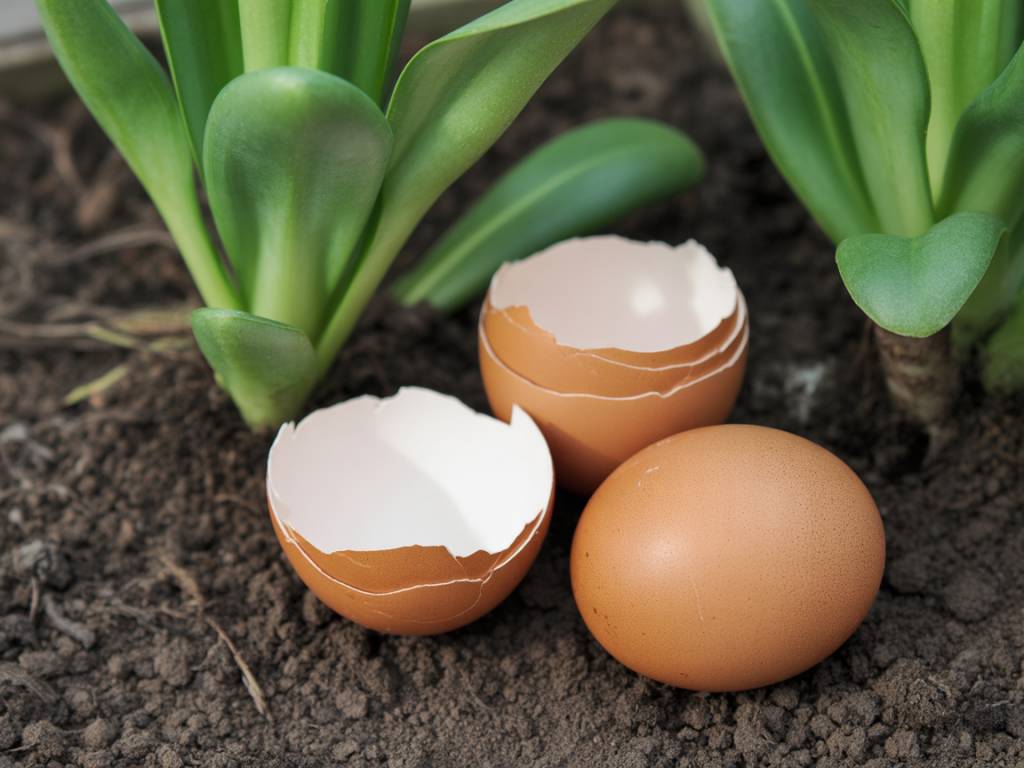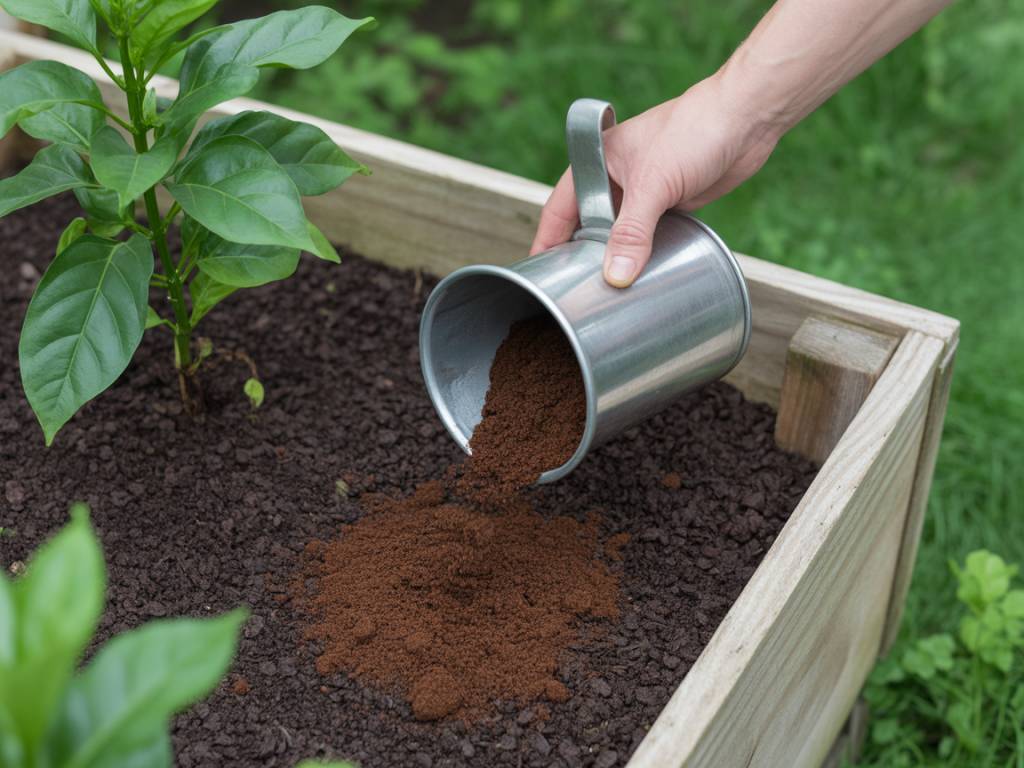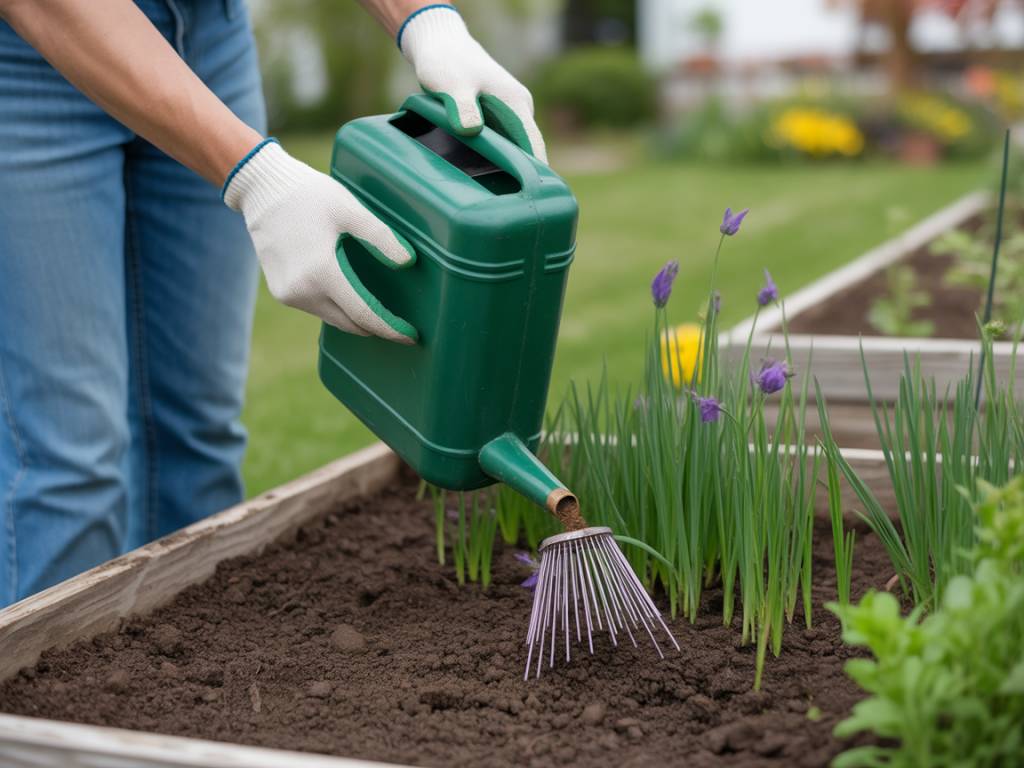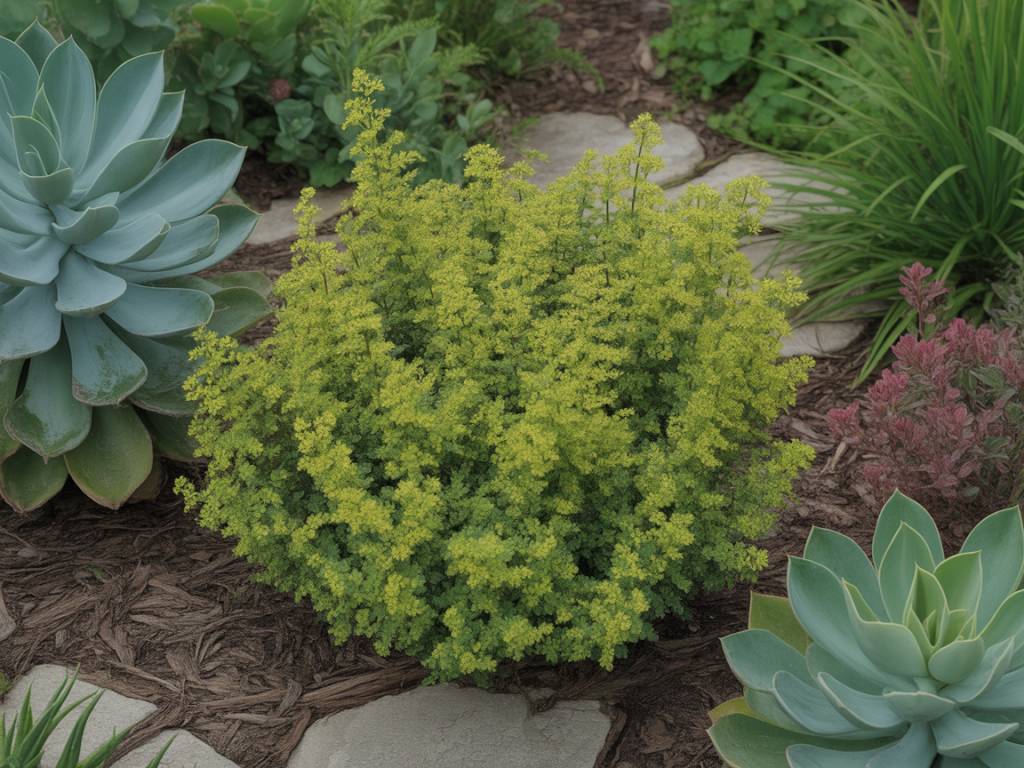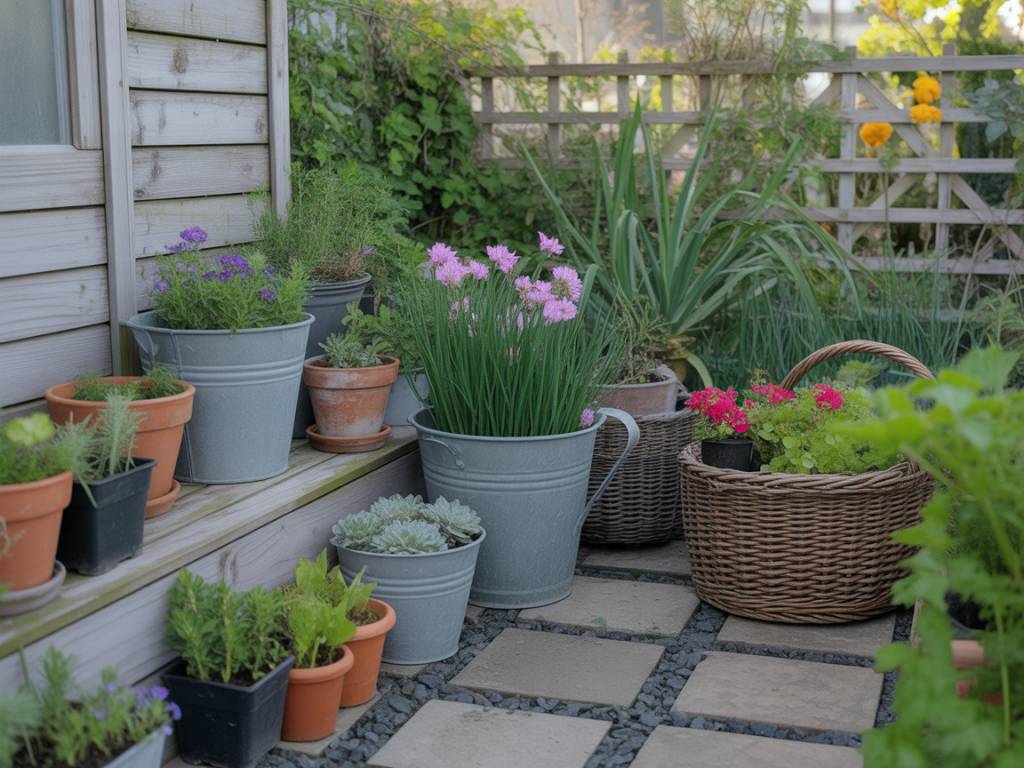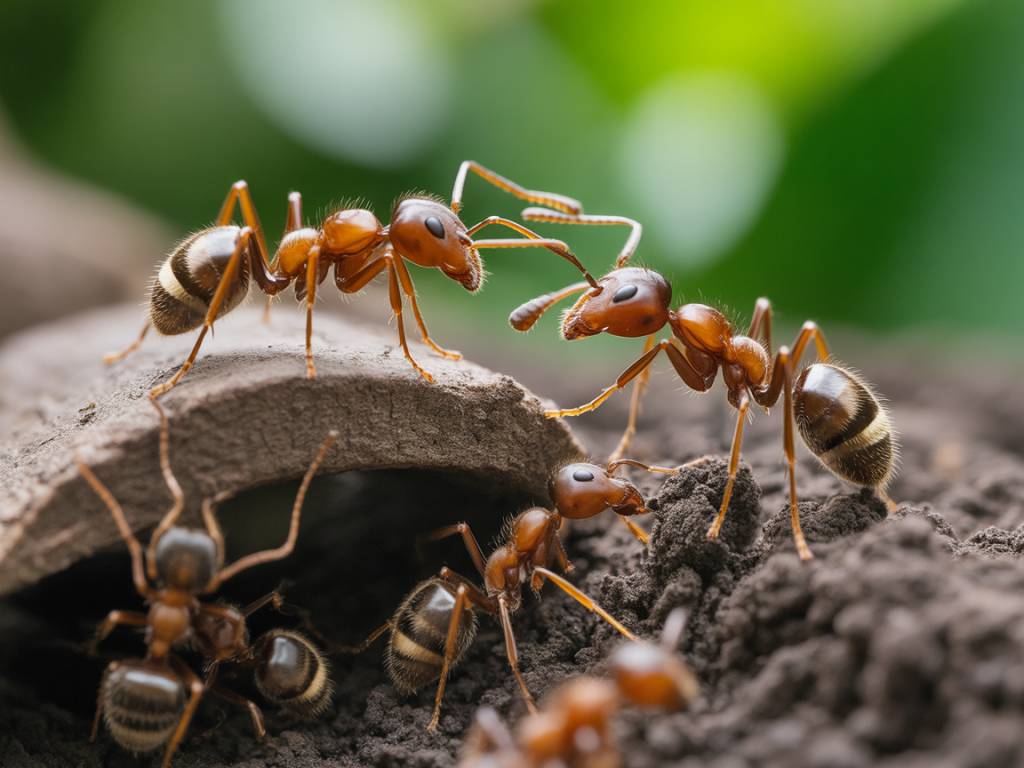Why I Fell in Love with Mustard Seeds
There are plants that arrive quietly in the garden and, without making a fuss, change everything. Mustard is one of them. The first time I scattered mustard seeds over a bare patch of soil in late summer, I didn’t expect much. A bit of green, perhaps. A temporary cover.
What I got instead was a soft, lime-green carpet that rose almost overnight, buzzing with pollinators and gently sheltering the soil like a blanket. A few weeks later, that same green turned into rich food for the earth beneath. It felt a bit like magic – but it’s really just good gardening.
Today, I’ll walk you through how mustard seeds grow, how easy they are to handle, and how I use them as green manure to nourish my beds for the seasons to come.
Getting to Know Mustard as a Green Manure
When we talk about mustard in the garden, we usually mean fast-growing annuals such as white/yellow mustard (Sinapis alba) or brown mustard (Brassica juncea). These cousins of cabbages and kale are often grown not for their seeds in the kitchen, but for the way they care for the soil.
In the language of gardeners, mustard is a “green manure” – a crop you grow not to harvest, but to return to the soil. You sow, let it grow, then cut it down and incorporate it into the ground, where it breaks down into gentle, slow-release nourishment.
Why mustard, specifically? Because it’s:
- Very fast growing – often covering bare ground in 3–6 weeks
- Excellent at suppressing weeds by shading them out
- Good at improving soil structure with its fibrous roots
- Easy to sow even for beginners
- Surprisingly pretty, with soft leaves and, later, small flowers
If you’ve ever felt guilty about leaving beds bare over autumn or winter, a packet of mustard seeds can feel like a kind of forgiveness: a simple remedy for “I’ll deal with that later”.
When and Where Mustard Grows Best
One of the reasons I suggest mustard to new gardeners is that it doesn’t ask for much. Give it a patch of reasonably well-drained soil and a bit of moisture, and it will reward you.
In most temperate gardens (including here in the UK), you can sow mustard:
- Late summer to early autumn – my favourite time, after harvesting summer crops
- Early spring – to cover soil before your main crops go in
- Between main crops – to keep soil busy and protected
Mustard prefers:
- Full sun, but it will tolerate light shade
- Most soil types, as long as they are not waterlogged
- Cool to mild temperatures – it germinates happily in the shoulder seasons
One gentle caveat: mustard is part of the brassica family. If you’ve had clubroot or serious brassica diseases in a bed, try rotating your mustard to a different area, just as you would with cabbages or sprouts. And avoid sowing it immediately before brassica crops, to reduce the build-up of family-specific pests and diseases.
How Mustard Seeds Germinate and Grow
Watching mustard seeds germinate is like watching time-lapse footage in real life. Everything happens quickly, in miniature.
Here’s what’s going on under the surface:
- Days 1–3: The seed coat softens as it absorbs water. A tiny root (the radicle) emerges first, anchoring the seedling into the soil.
- Days 3–7: The first seed leaves (cotyledons) push through the soil, like two little spoons lifting towards the light.
- Week 2–3: True leaves appear, more textured and recognisably “leafy”. The plant begins to thicken and cast a small shade.
- Week 4–6: You now have a dense sward of green, tall enough to sway slightly in the breeze. Roots are busy weaving through the soil, exploring every gap.
If you sow thickly (and for green manure, you should), the plants jostle gently against each other, creating a living mulch that keeps weed seeds from seeing enough light to germinate.
How I Sow Mustard Seeds for Green Manure
Sowing mustard is pleasingly simple – a task you can do with a cup of tea waiting for you on the garden table.
Here is the method I use in my own beds:
- 1. Clear the area lightly. Remove spent crops, large weeds, and any woody stems. You don’t need perfection – just clear enough that seeds can reach the soil.
- 2. Loosen the top layer. I gently rake or use a hand fork to break up the top 2–3 cm of soil. No heavy digging required; mustard is not fussy.
- 3. Scatter the seeds. Holding the seeds in one hand, I broadcast them by sweeping my arm back and forth, as if feeding imaginary chickens. Aim for an even scatter rather than straight rows; this is a carpet, not a mosaic.
- 4. Rake in. With the lightest touch, rake or drag the back of the rake to cover the seeds with a fine layer of soil, about 1 cm deep.
- 5. Water gently. If the soil is dry, I water with a rose-headed watering can, mimicking soft rain so I don’t splash the seeds back to the surface.
Within a few days, especially in warm late-summer soil, you’ll see a delicate haze of green. It never fails to make me smile – empty beds suddenly full of life again.
Watering, Care and What to Expect
Mustard is the sort of guest who is happy as long as you offer a glass of water now and then. If you’ve sown into moist soil and rain is on the way, you may not need to water at all after germination. In drier spells, a light watering every few days helps the plants establish quickly.
You won’t need to:
- Feed mustard (it is the feed!)
- Stake or support it
- Fuss with pruning or thinning
Do keep an eye out for:
- Flea beetle: Tiny holes in leaves, usually more of a cosmetic nuisance than a disaster in green manure crops.
- Slugs and snails: In very wet spells, they may nibble young seedlings. Sowing a bit thicker than you think you need is a simple insurance policy.
If the weather is very mild, mustard may begin to flower with delicate yellow blossoms. These are lovely for pollinators but mark a turning point: once plants start to flower and set seed, the stems become a little tougher and slower to decompose. For green manure, it’s best to cut it before it gets too far along.
When and How I Cut Mustard as Green Manure
Timing is the quiet secret of successful green manure. You can let mustard grow anywhere from 4 to about 10 weeks, depending on when you need the bed again.
I usually cut mine:
- Before it flowers fully – when stems are still soft and lush
- Roughly 3–4 weeks before planting the next crop – to allow some breakdown time in the soil
To cut it, I simply:
- Use hand shears, a sickle, or sharp secateurs to slice the plants close to the soil surface
- Leave the roots in place to rot down and create channels for air and water
- Chop the top growth lightly with the shears if stems are long, to help them decompose faster
Then comes the satisfying part: returning all that fresh green matter to the earth.
Incorporating Mustard into the Soil
There are two main ways I use the cut mustard plants:
- Dug in lightly
- Left on the surface as a mulch
When I plan to plant in that bed soon, I usually:
- Spread the chopped mustard evenly across the soil
- Use a fork or hoe to mix it into the top 5–10 cm of soil
- Water if conditions are very dry, to encourage microbial activity
If I don’t need the bed for a while, I’m perfectly happy to:
- Leave the mustard on top as a loose mulch
- Let worms slowly drag it down in their own time
Either way, the effect is the same: as the mustard decomposes, it:
- Adds organic matter to the soil
- Improves structure, especially in clay soils that tend to clump
- Gently releases nutrients back, ready for the next crop
There is a lovely sense of circle and return in this process – the living green you grew solely for the soil quietly becomes part of it again.
How Mustard Green Manure Helps My Garden
Over the years, I’ve noticed very real, practical changes in the beds where I use mustard regularly. The poetry of the idea is charming, but the results are wonderfully down-to-earth.
In my own garden, mustard helps to:
- Lift heavy soil: In clay beds, the soil becomes more crumbly and less likely to form stubborn clods.
- Reduce weeds: The dense foliage smothers weed seedlings and leaves fewer unwelcome guests for me to pull later.
- Protect bare soil: During autumn and winter, mustard keeps rain from pounding the surface, reducing erosion and compaction.
- Feed future crops: The following season, plants often look more vigorous, needing less added fertilizer.
There’s also an emotional benefit I cherish: instead of staring at empty beds looking slightly neglected, I see living, working green. The garden feels active, even in quieter months.
A Few Practical Notes and Little Warnings
As generous as mustard is, there are a few things to keep in mind:
- Crop rotation: Because mustard is a brassica, try not to grow it directly before or after cabbages, broccoli, kale, etc., in the same bed, especially if you’ve had disease issues.
- Letting it go to seed: If you leave mustard to flower and set seed, you may find volunteers popping up later. Not the worst weed to have, but still something to note.
- Timing before sowing seeds: After digging mustard in, give the soil about 2–3 weeks to rest and for decomposition to begin before sowing small, delicate seeds. This avoids any temporary nitrogen “lock-up” near the surface.
Handled with a bit of thought, though, mustard is an easy companion and rarely troublesome.
Using Mustard Beyond Green Manure
Although this article is about mustard as a green manure, I can’t resist mentioning a few other little uses that make it even more charming.
- Edible leaves: Young mustard leaves have a gentle peppery bite and can be snipped into salads or stir-fries. Just harvest modestly if you still want plenty of foliage to return to the soil.
- Pollinator interest: If you allow a few plants to flower, bees and hoverflies will gladly visit. In early spring or late autumn, this can be especially valuable.
- Chicken treat: If you keep hens, they will happily help you “clear” the mustard bed, scratching and eating the greenery while adding their own manure.
In this way, mustard becomes more than just a soil-helper; it’s a quiet multi-tasker in the garden ecosystem.
Weaving Mustard into Your Seasonal Rhythm
I like to think of mustard as a gentle bridge between the busy peaks of gardening. After the fever of summer harvests, there’s something deeply soothing about scattering those tiny seeds over tired soil, knowing they will carry some of the work for you.
You might:
- Sow mustard in late August or September after potatoes or beans, then dig it in before planting spring crops.
- Use it in early spring to cover ground before tomatoes, courgettes or other hungry summer plants move in.
- Fill awkward gaps when one crop finishes and you’re not quite ready for the next.
Over time, you may find yourself keeping a mental note: “That bed will be free in September; I’ll sow mustard there.” It becomes part of the quiet choreography of the year, as natural as planting bulbs in autumn or hardening off seedlings in spring.
Mustard doesn’t shout for attention. It simply grows, covers, protects, and then gracefully steps aside to feed what comes next. And in a world that often feels hurried, there’s something profoundly comforting in such a simple, generous cycle.


